Cornmeal and Wild Strawberries
A culinary tradition from Moldavia. Plus a recipe: Cornmeal Cheese Cake with Strawberry Kisel.
Welcome to Recipes and Stories from Eastern Europe. I'm Irina Georgescu, a James Beard award-winning author specialising in Eastern European cuisine. My newsletter offers free recipes and travel inspiration from this part of Europe, including Romania and Transylvania, where I’m from. You can support this free publication by purchasing my books, available in bookstores and online worldwide: 'Carpathia', 'Tava' and 'Danube'* Thank you.
I have always been intrigued by the combination of cornmeal, wild strawberries and sour cream, a speciality from Moldavia in Eastern Romania. While it may not prompt an immediate rush to the kitchen if you haven’t grown up with it, it is worth your attention. The first part of this newsletter explores this culinary tradition from an ethnographic perspective, where you’ll learn about the food people eat in Moldavia, even if you choose not to prepare the recipes. In the second part of the post, you'll find two other traditional dishes from this part of Europe: a cornmeal cheese cake, known as Alivancă, and a strawberry compote, called chisăliță (kisel in English). And they come with a recipe that I hope you will try…and love.
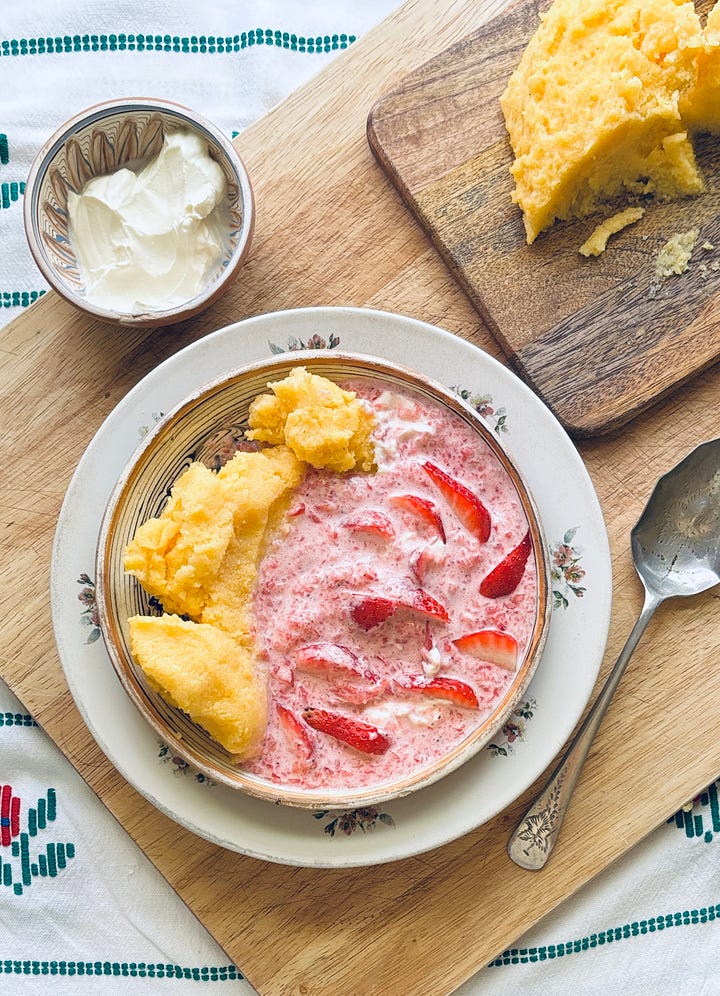
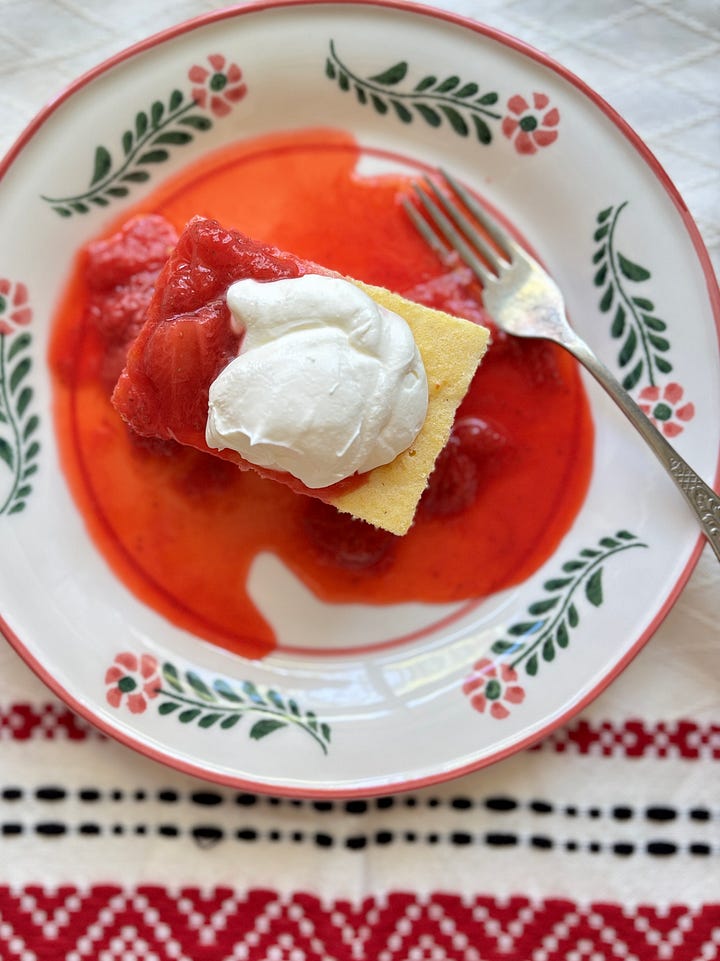
Wild Strawberries in Moldavia
In Moldova, especially in the northern Bucovina region, gathering wild strawberries is a cherished pastime. At the end of the workweek, people grab a bucket—either putting it in their car or hanging it from their bicycle handles—and venture into the countryside to collect wild strawberries. Families, friends, children, grandparents, uncles, cousins, and colleagues come together to forage for wild strawberries, enjoy a picnic, and have fun.
The fruit is called ‘frăguțe’, literally meaning ‘little raspberries’, even though they are actually strawberries. This nickname refers to their small size and can be applied to any small wild fruit. Wild strawberries are tiny, love dappled shade, grassy banks, open woodlands, and scrubland. Their season runs from May to October since they bear fruit whenever the weather is favourable. Though small, their flavour is all mighty: sweet, musky, slightly acidic and with the unmistakable earthy notes of an untamed wild plant.
I remember my mum trying to entice me to eat the strawberries she had just picked from the garden. ‘Try this one, ' she would say, ‘it tastes like pineapple!’ Or, she'd hold up another and say, ‘This one is as sweet as watermelon!’. And then there were the ones to avoid, like, ‘Don’t eat this one- it is watery like a cucumber!’ Not the best endorsement for a strawberry, but it showed how varied their flavour spectrum could be. She even used to mention ‘nail varnish’ when a strawberry was spoiled- too ripe, overly sweet, mushy, and pungent ‘Yuk, this one smells like nail varnish remover’. I could never think of anything to pair this particular flavour with. Although we weren't in Moldavia picking wild strawberries from the dappled shade of ancient woodlands, her words have just popped into my mind. They prove how versatile strawberries are, and hence, we can see them not only in desserts but also in salads and even on pizzas. And today, you are seeing them served with polenta.
A note on cornmeal
In Romania, cooked cornmeal is traditionally allowed to cool, and then it is sliced like bread. We use a cotton thread for slicing instead of a knife, ensuring the texture remains intact (just like a cheese monger uses a thin wire). Of course, there are exceptions to this rule, but, in general, mămăligă is not the creamy polenta we know from Italy. The cornmeal is cooked to a thick consistency in a cast iron kettle called tuci, and when it’s ready, it is turned onto a wooden board. It quickly sets into a round shape and is allowed to rest for a few minutes before being sliced. Alternatively, it can be allowed to cool completely before serving.
In my book ‘Danube, Recipes and Stories from Eastern Europe,’ there is a recipe that sits right at the beginning, in the introduction. The subtitle reads, ‘If there is no cornmeal, there is no meal,’ which holds true for the whole country, not just Moldavia. Dishes made with cornmeal are traditional in Romania and can be found in every region of the country, including in Moldavia and Bucovina. Find the book here.
A note on sour cream
Moldavians are famous for the large amounts of sour cream and crème fraîche they eat. Therefore, if you invite them over for dinner, be sure to stock up on these dairy products, called smântână, as they will generously add dollops of sour cream to every dish. In Moldavia, the common wisdom is that if a dish lacks something, it’s often sour cream.
These are the three reasons you will find the combination of cornmeal, sour cream and wild strawberries in Moldavia; this is the genesis of the dish: frăguțe cu smântână și mămăligă (wild strawberries with sour cream and cornmeal bread)
As for the recipe, there isn’t one as such. The cornmeal doesn’t have to be sweetened with sugar or honey, nor does the blend of strawberries with sour cream. I think the sugar will ruin the balance of acidity and richness of the combination. The strawberries are used fresh, just cut into slices. I blended half of the quantity to resemble a soup, and used the other half sliced for added texture. If you think it lacks sweetness, try a drizzle of honey instead of sugar.
It’s not meant to be a dessert but rather a soup or a meal in itself (read below about kisel) served with polenta.
Two Moldovas - an oversimplified but intriguing history of the region
Today, there are two Moldovas, and in English, there is a slight difference between the spelling of the names. Moldavia lies in Eastern Romania. Moldova is the Republic of Moldova, formerly part of the Soviet Union. In Romanian, there is no distinction between the names, as both regions were part of the Romanian Principality of Moldavia. So, we call Moldova, the region in Romania, and ‘Moldova over the Prut River’ or Basarabia, the Republic. The Prut River is the political and physical border between them. Prior to 1940 and the taking of Basarabia by the Soviet Union, the Prut flowed almost entirely in Romania.
Today, the Republic of Moldova stands as an independent state, with its official language and currency mirroring those of Romania: Moldovans speak Romanian and use Leu as their currency. In a recent appeal for European Union membership, the President of Moldova highlighted the strong connection with Romania, which is already an EU member, making a case for Moldova to follow its big sister.
The reason this historical region didn’t reunite with Romania after the fall of the Soviet Union was the intense Russification that had occurred over almost 50 years, as well as the influx of Ukrainians, which was only natural given Moldova's 1,000 km border with Ukraine. So, people voted to become independent rather than to reunite with the mother country, but at least they are speaking the ancestral language of the region. How a vote can change the path of a nation is something to keep in mind, especially today, when Romanians vote to elect their president.

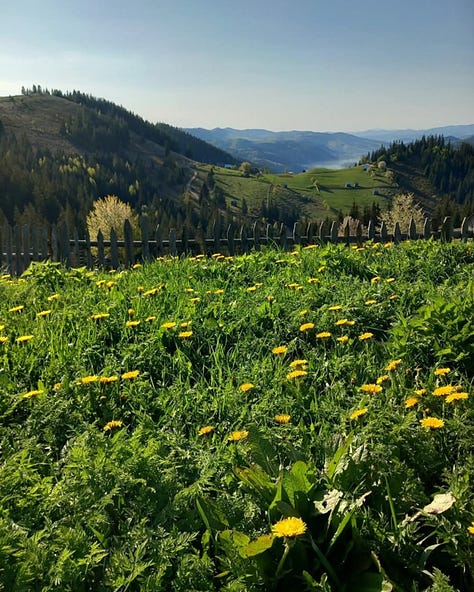
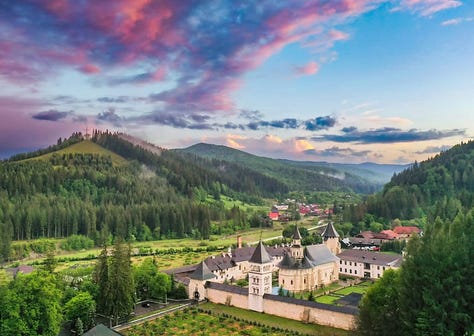



The story of Cornmeal Cheese Cake with Strawberry Kisel
This recipe combines two traditional dishes from Moldavia: alivancă and chisăliță. Alivancă is a cornmeal cake made with curd cheese, and it can be sweet or savoury. I included a savoury version in my first book, Carpathia. The sweet version in this post is not overly sweet, which makes it refreshing and allows the flavour of the curd cheese to shine.
Kisel, also known as Kissel, or Chisăliță in Romanian, is a dish commonly seen in Slavic cuisines. It consists of a fruit compote that is thickened with potato or cornstarch. In Moldavia, the dish is thickened with sour cream to ensure it has a tangy flavour. The term' kisel' translates to ‘sour’ in Slavic, indicating that it traditionally requires ‘sour’ fruits like cranberries. However, in this preparation, the sourness comes from the cream instead of the fruit, although the wild strawberries provide enough acidity to fulfil the dish's intended purpose.
A small digression: if in central and northern Romania, in Transylvania, we have a history influenced by the Austro-Hungarian Empire, and if in the south, in Walachia, we have Greek, Roman and Ottoman Empires, then here in the east, in Moldavia, we have Ottoman and Slavic cultural influences. This is how complex Romania is. Our cuisine reflects and distils all of them.
Back to what a kisel is, Alan Davidson describes it in his "The Oxford Companion to Food," as a Russian fruit soup, similar to the Scandinavian Rodgrot and the German Rote Grütze ( rot meaning red, because the dish was initially made with cranberries).
I can safely add that there is also ‘chisăliță’ in Transylvania, not only in Moldavia, usually made with sour cherries or plums. If you visit Hungary, you’ll find a sour cherry soup in the soup section of the menus, served with an oat crumble. The oats are not an inspiration from modern breakfasts; rather, they are an ancient method of thickening fruit soups by souring and pounding cereals. In medieval times, because kisel was a dish of European medieval cuisine, which was far more homogenised than we might think, there was also an oat kisel, similar to an oat milk blancmange, layered with fruit.
Anya von Bremzen, in her ‘Please To the Table’ Russian cooking bible, finds that people like to add a berry liqueur to the kisel and serve it with whipped cream. It definitely sounds more sophisticated, therefore, in the recipe below, I serve my kisel with sour cream.
The Recipe:
Moldavian Cornmeal Cheesecake and Wild Strawberry Kisel
Alivancă și Chisăliță de Frăguțe
Ingredients:
For the strawberry kisel:
500g strawberries (wild or not)
25ml water
125g caster or granulated sugar
Juice from 1 large lemon (zest it first for the cake)
For the cake
165g fine cornmeal
165ml boiling water
30g unsalted butter, diced
500g curd cheese, farmer’s cheese, twarog, thick cottage cheese
4 medium size eggs
125g caster (fine) sugar
30g sour cream or creme fraiche
2 pinches of salt
Zest from 1 large lemon
To serve:
150-170g sour cream
Icing sugar to dust if desired.
Method:
Prepare the strawberry kisel by bringing all the ingredients together to a boil in a shallow pan. Simmer until the strawberries are soft, then use a fork to crush some into a thick purée. Continue simmering until the consistency of the fruit and juices resembles double cream. Set aside.
Pre-heat the oven to 180C, on fan setting. Grease and line a 22x15cm (measured at the base) small roasting tin or brownie baking tray.
Place the cornmeal in a bowl and pour the hot water over it. Add the butter and mix well until there are no dry patches. Set aside. In a separate bowl, using an electric whisk or mixer, blend the remaining ingredients for 2 minutes until the curds are evenly dispersed throughout the batter. Incorporate the cornmeal and scrape everything into the tin.
Bake for 25 minutes on the middle rack, checking after 15 minutes to see how it’s doing. Insert a wooden pick into the centre; if it comes out clean, the cake is done. The colour on top should start turning golden, and the edges should slightly pull away from the sides of the tin. Allow it to cool in the tin for 10 minutes, then transfer it onto a cooling rack.
Serve it warm (ish), not hot, with the chilled strawberry kisel and a dollop of sour cream.
Note on the kisel: I’ve chosen not to thicken the strawberry compote with any starch to keep it light and more in line with the gluten-free cake. You could serve the cake with fresh strawberries mixed with sour cream, just like in the traditional dish featured at the top of this post. You won’t need to cook the strawberries; just slice them and add sour cream. No sugar is needed.
What to expect
The cake is gluten-free and uses no flour, so the texture is moist and rich, resembling a butter cake rather than a light Victoria sponge. I only used a minimal amount of sugar, so the cake offers a refreshing taste that leans toward the savoury side. Additional sweetness is provided by the fruit compote and a light sprinkle of icing sugar. The pleasant acidity of the sour cream enhances the flavour of the strawberries.
Of course, at the end of all this, you could say you’ve seen it all before: a polenta cake with jam. Strawberries mixed with crème fraiche are also eaten in France. Strawberry kisel is also prepared in Poland. But in the end, what gives a dish a national or regional identity is the context and those little particularities or peculiarities that are held dear in the collective memory of a specific group of people.
And this is ours in Moldova.
Recently, I've been diving into some fascinating reading:
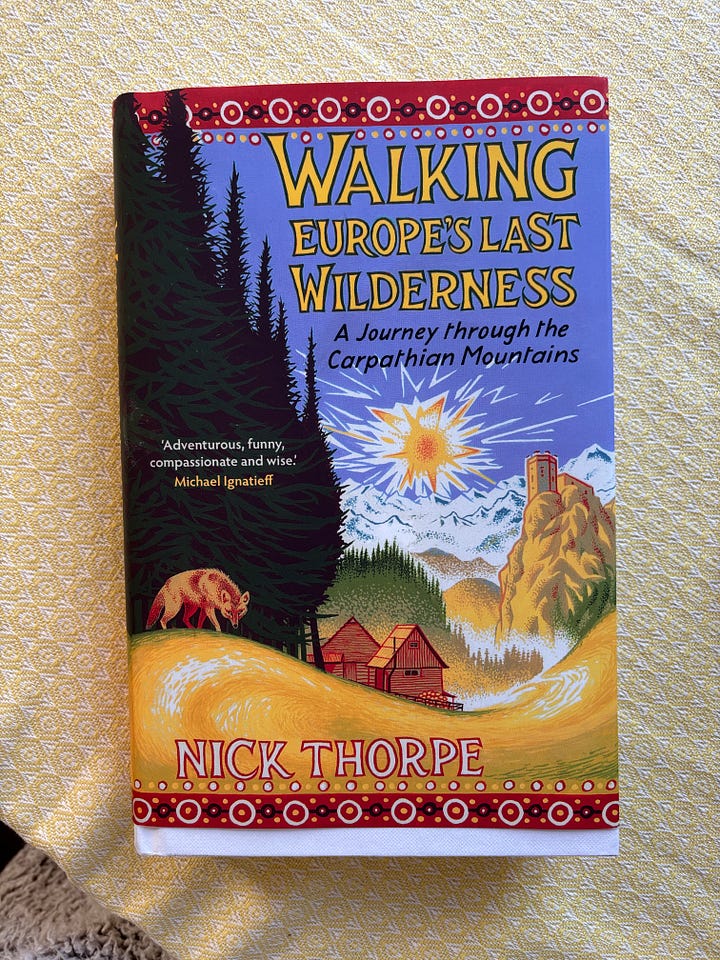
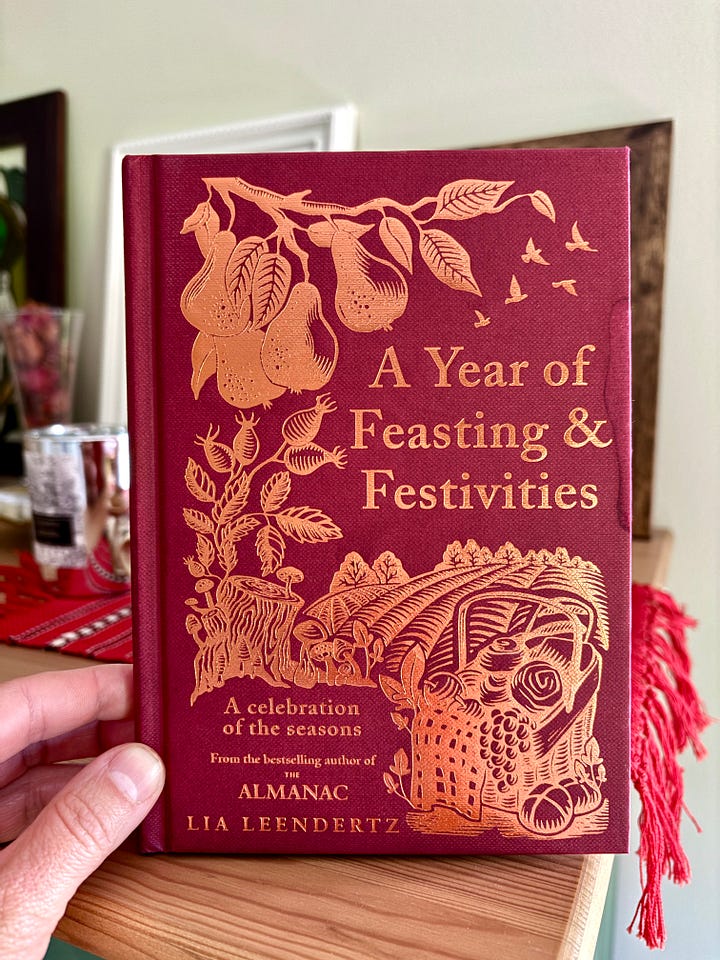
Nick Thorpe’s new book, ‘Walking Europe's Last Wilderness: A Journey through the Carpathian Mountains’, presents a fascinating journey from the Danube to Transylvania, revealing the history and ecology between the Black Sea and the Baltic. Today, people in these nations work to defend their environment and ancestral lands against logging of ancient forests (note the reference to Ikea for wood sourcing), dam construction on rivers, and the impacts of war. They also confront the challenges of protecting a country that not all citizens fully support.
Lia Leendertz's ‘A Year of Feasting and Festivities’ is a wonderful book that honours recipes connecting us to the seasons and traditions. Explore recipes from England, Ireland, Scotland, Wales, along with Jewish, Hindu, and Orthodox cuisines. I was excited to discover my recipe for Romanian Mucenici, small noodles prepared with walnuts and vanilla. Celebrated on the 9th of March, marking a religious event in the religious calendar as well as a culinary treat.

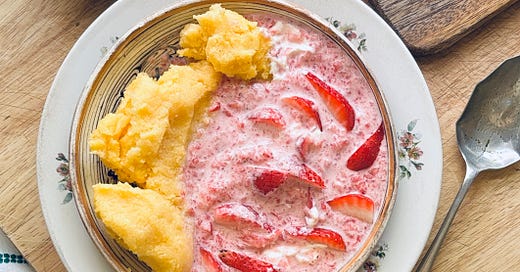



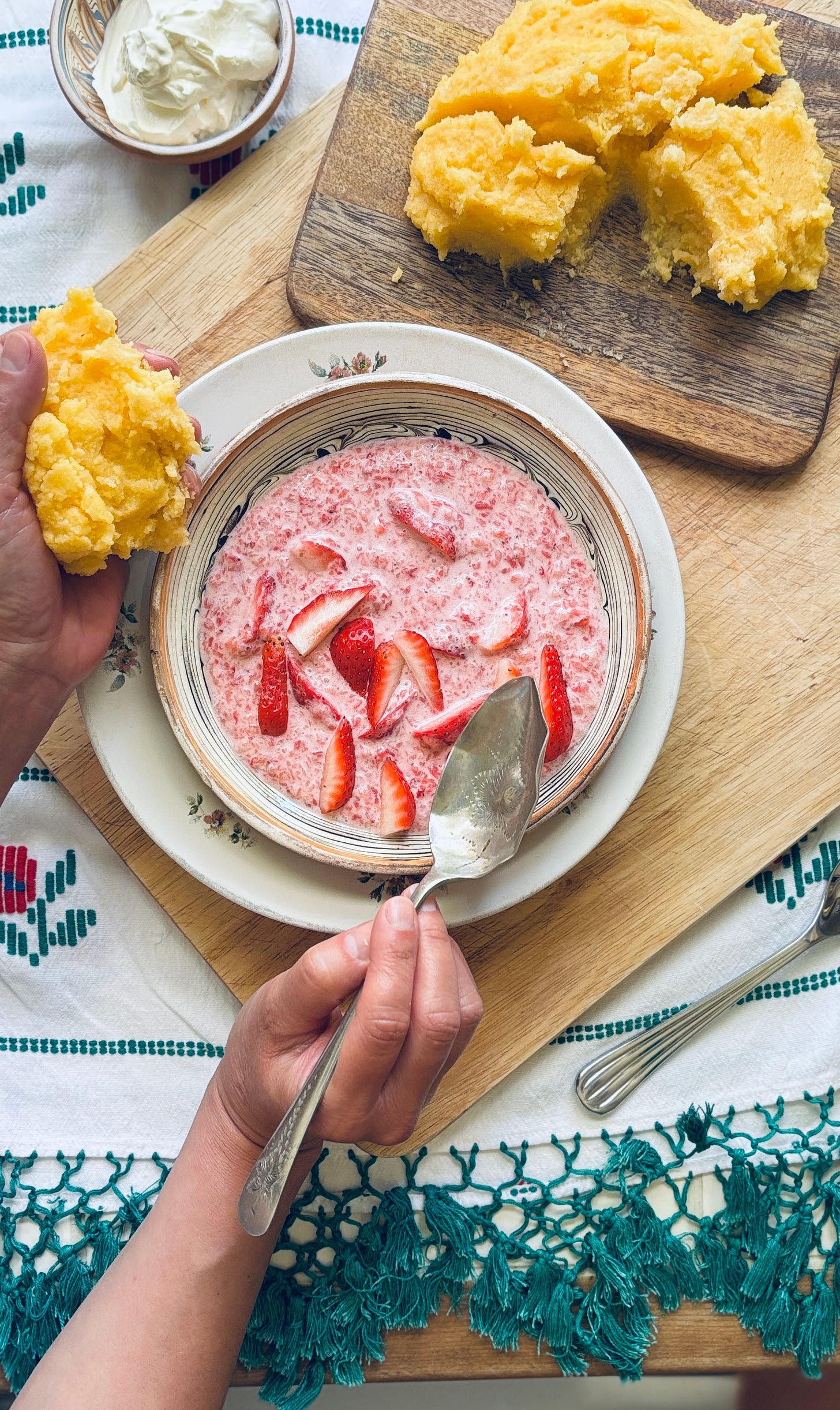
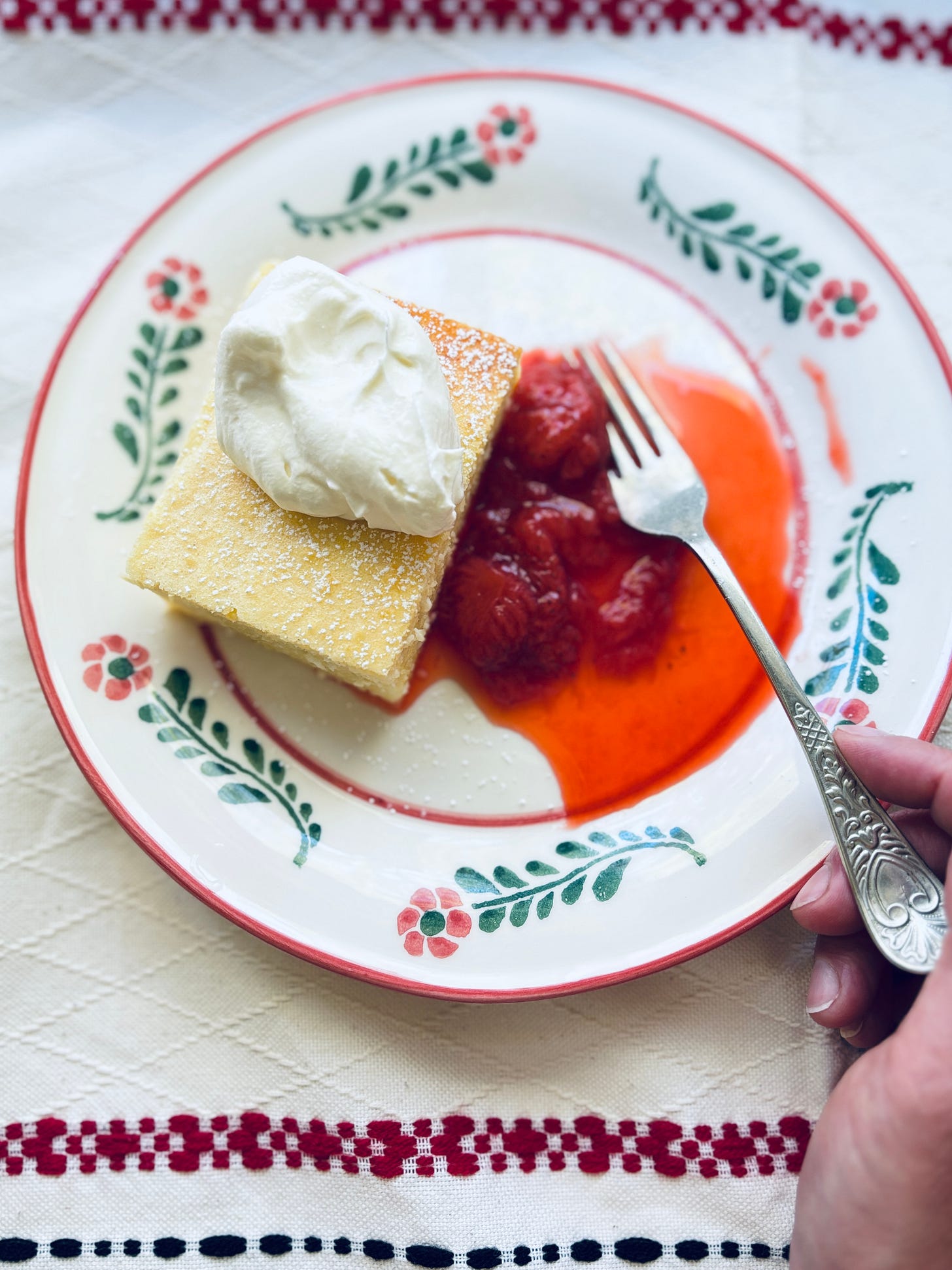
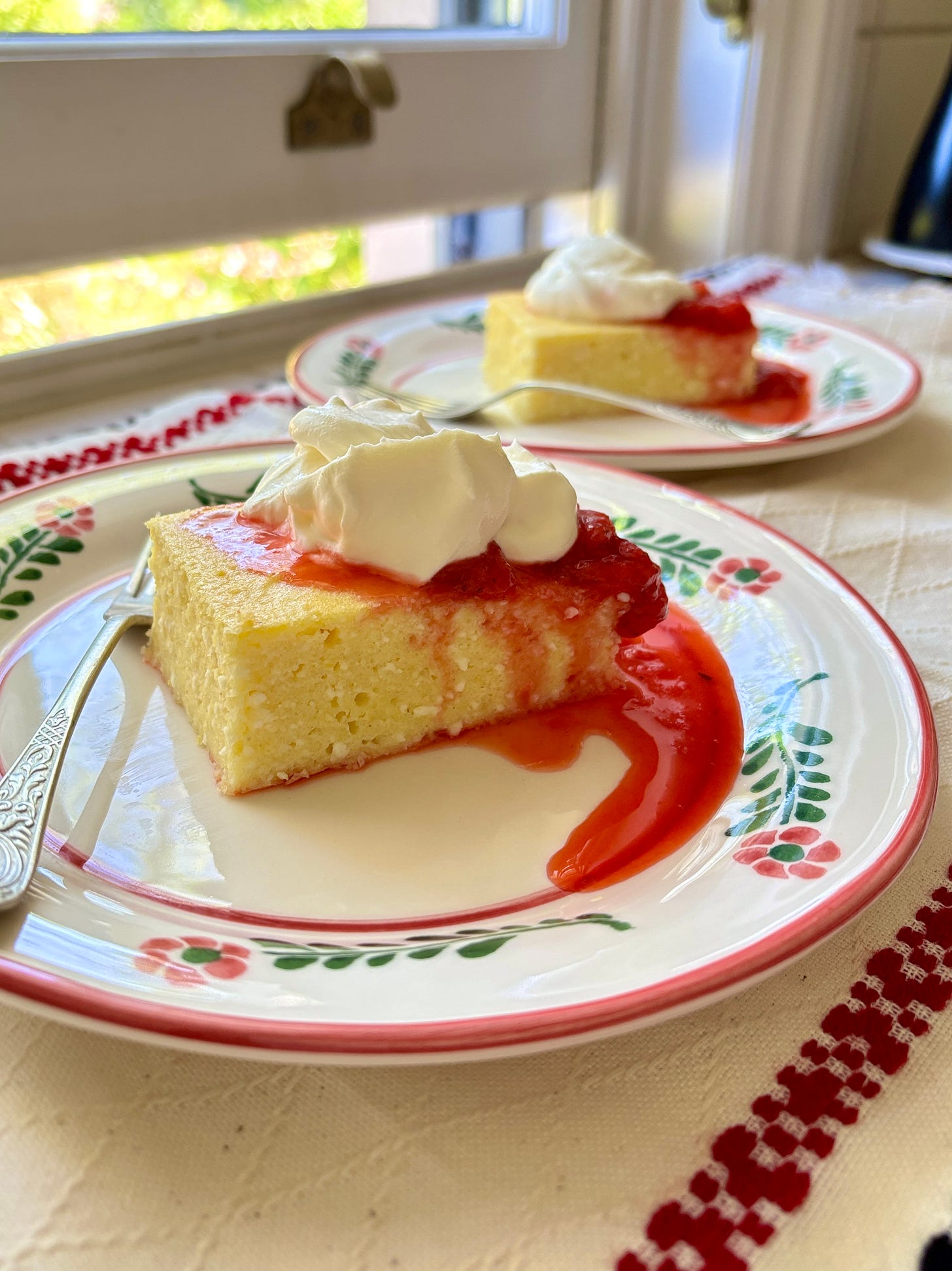
ce mi-ai facut, Irina!!! acum trebuie sa ma duc sa-mi iau capsuni si smintina.
mi-aduc aminte din copilarie, in casa bunicii de linga Vatra Dornei, ne umplea un castron cu fragi si smintina, o bucata de mamaliga rece, si asta era - raiul papilelor gustative. :)
Love this! I'm new to substack and found your blog. This post brought back great memories with my grandma, from Italy. I grew up eating a lot of polenta. :)